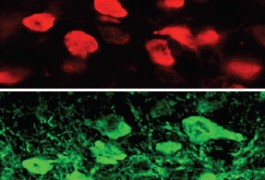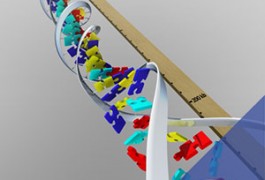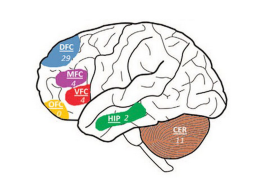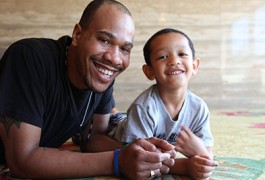Screen test
Age-based cutoff scores for BISCUIT, an early diagnostic tool for children with autism traits, help clinicians accurately identify children who also have other disorders, says Johnny Matson.
From funding decisions to scientific fraud, a wide range of societal factors shape autism research.

Age-based cutoff scores for BISCUIT, an early diagnostic tool for children with autism traits, help clinicians accurately identify children who also have other disorders, says Johnny Matson.

More of the common variants implicated in schizophrenia are also linked to bipolar disorder than to autism, according to a study published 28 August in Nature Genetics.
Autism may be male-biased in prevalence, but our understanding of it should not be, argues Meng-Chuan Lai.

Researchers have modified optogenetics — a technique that activates neurons in mouse brains with beams of light — to toggle a gene on or off. They reported the advance 22 August in Nature.

Long genes, and their relationship to a class of enzymes that regulate gene expression, raise intriguing questions about the risk for neuropsychiatric disorders.

The most popular drugs prescribed for autism in some countries often have serious side effects or have not been vetted in robust clinical trials, finds a study published 5 September in Psychopharmacology.

As much as 30 percent of children diagnosed with bipolar disorder may also have autism, suggests a study published in the June issue of the Journal of Clinical Psychiatry.

Small regulatory RNA molecules are most active between infancy and early childhood in a region of the brain known for complex thinking and behavior, reports a new study published 6 August in Molecular Psychiatry. The finding, based on an analysis of postmortem brains, may provide insight into what goes wrong in neurodevelopmental disorders such as autism.

Fragile X syndrome is the leading cause of inherited intellectual disability and often autism, but most people who work with special-needs children lack basic knowledge about the syndrome, according to a new study.

Watch the complete replay of Benjamin Philpot discussing the possibility of pharmacologically turning on a silent gene to treat Angelman syndrome. Submit follow-up questions.